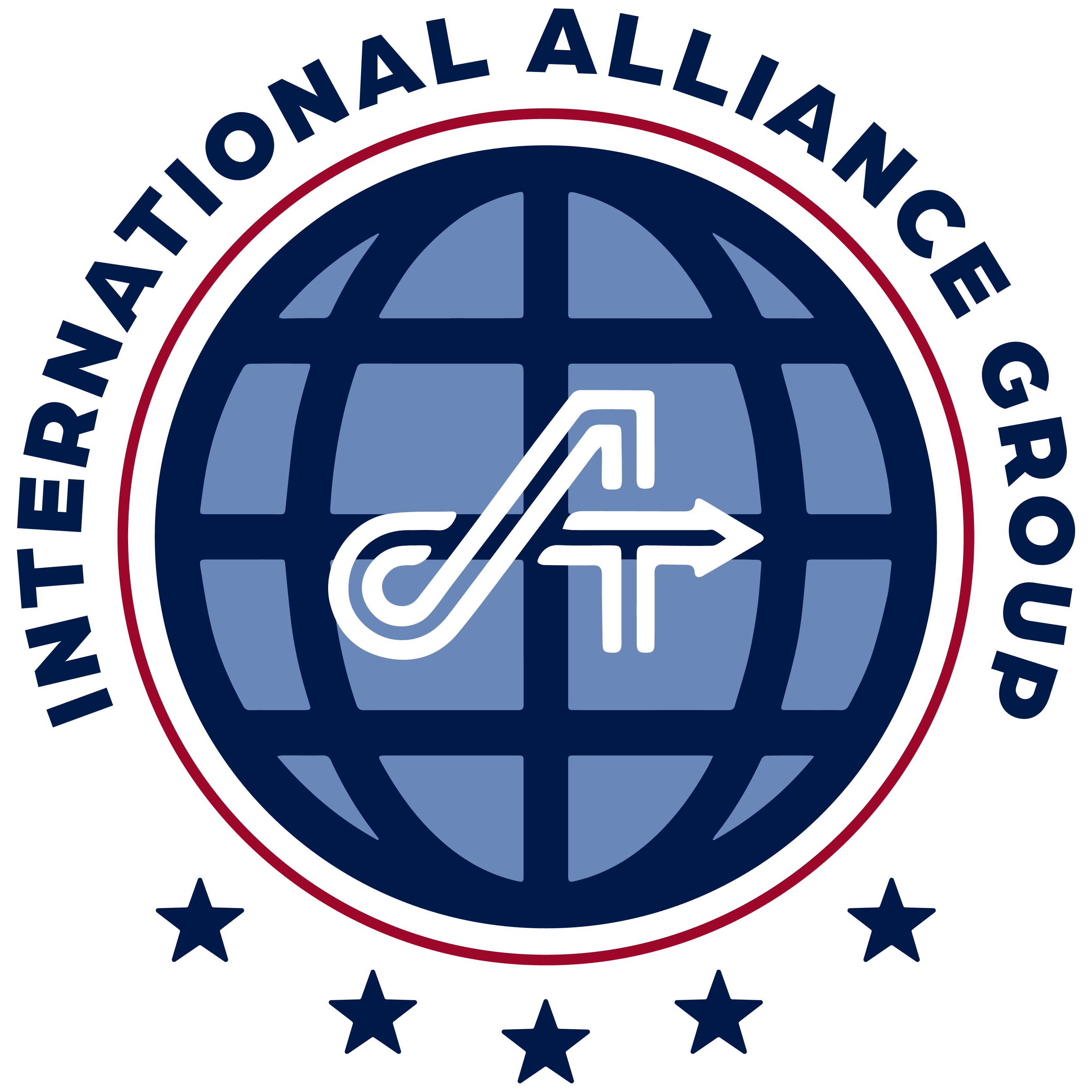Welcome to your journey toward teaching in the United States! The J-1 Visa program offers an incredible opportunity for international teachers to gain valuable experience, share their culture, and enhance their professional skills. While the teaching experience itself is rewarding, maximizing your time in the U.S. involves more than just classroom teaching. Networking and professional development play a crucial role in making your J-1 experience truly transformative. Here’s how you can make the most of these opportunities, with a few personal experiences along the way.
1. Build a Strong Professional Network
Attend Educational Conferences
Throughout the academic year, numerous conferences and workshops take place across the U.S. I attended the Kagan Structures conference, which introduced me to innovative cooperative learning strategies that I immediately implemented in my classroom. I also found great value in the New Teacher and Building Thinking Classrooms conferences, where I connected with fellow educators and gained fresh insights into effective teaching practices. These experiences not only enhanced my teaching but also expanded my professional network significantly.
Join Professional Organizations
Consider joining professional associations related to your subject area or education in general. I became a member of the National Education Association (NEA) and the Association for Supervision and Curriculum Development (ASCD). These memberships provided me access to invaluable resources, networking opportunities, and local workshops. Connecting with other educators through these organizations opened doors to mentorship and collaborative projects.
Connect on Social Media
In today’s digital age, social media platforms like LinkedIn and YouTube can be powerful tools for networking. On LinkedIn, you can connect with educators, join relevant groups, and participate in discussions to gain insights into teaching trends. YouTube is a fantastic resource for professional development; simply search for topics like “classroom management” or “differentiated instruction,” and you’ll find a wealth of videos that can inspire and inform your practice. Engaging with these platforms has helped me stay updated and learn from the experiences of others.It’s always good to debrief this new knowledge with other experienced educators too !
2. Engage in Professional Development
Attend Workshops and Seminars
Many schools and educational institutions in the U.S. offer workshops and seminars for teachers. Do not doubt on attending those! My school hosted a series of professional development sessions on project-based learning. I eagerly attended these workshops and implemented what I learned in my classroom, resulting in a significant boost in student engagement. The collaborative environment also allowed me to share my own strategies, further enriching the experience for everyone involved.
Pursue Online Courses
Consider enrolling in online courses to further your education while in the U.S. I took a course offered through the State Department of Education website on differentiated instruction, which not only enhanced my teaching skills but also helped me tailor my lessons to meet diverse student needs. The course project allowed me to design a unit plan that I implemented in my classroom, receiving positive feedback from both students and colleagues, and administrators.
Seek Mentorship
Don’t hesitate to reach out to experienced colleagues for mentorship. I approached a veteran teacher in my school who had extensive experience with English language learners. Her guidance was invaluable; she provided me with strategies to support my students and introduced me to a local educator who later became a mentor as well. This relationship has been instrumental in my professional growth.
3. Embrace cultural exchange
Share Your Culture
As a J-1 teacher, you are in a unique position to share your culture with your students and colleagues. I organized a “Cultural Day” at my school where I shared traditional food, music, and stories from my home country. The event fostered cross-cultural understanding and helped me build deeper connections within my school community. Students who participated left with a greater appreciation for diversity.
Collaborate with Local Educators
Engage with local teachers in collaborative projects. I partnered with a local English Language Arts teacher to create an interdisciplinary unit that combined math and writing. We designed a project where students calculated the area of different shapes and then wrote descriptive narratives about their designs. This collaboration not only enhanced our students’ learning but also deepened our professional relationship.
4. Stay Informed
Subscribe to Education Journals
Staying current with educational research and trends is crucial for your professional development. I subscribed to Edutopia, a website that offers articles, videos, and resources on various educational topics. The insights I gained from Edutopia helped me develop more inclusive lesson plans and engage my students in meaningful discussions about diversity and equity.
Follow Educational Blogs and Podcasts
There are countless blogs and podcasts dedicated to education. If you have specific concerns or topics you’re interested in, simply type them into a search engine alongside “educational blog” or “educational podcast,” and you’ll likely find a video or article that addresses your needs. This has been a valuable resource for me; I’ve found tips on everything from classroom management to integrating technology, all by exploring what others have shared.
Ready to take as much as possible from this experience?
Maximizing your J-1 experience goes beyond the classroom. By actively networking and seeking professional development opportunities, you can enhance your skills, build lasting connections, and create a fulfilling experience during your time in the U.S. Embrace every moment, share your unique perspective, and let this journey shape not only your teaching career but also your personal growth.
Happy teaching, and welcome to a world of opportunities! Find out more here.
This blog was written by Global Workforce Development, powered by IAG, an organization dedicated to creating international job opportunities for professionals.


